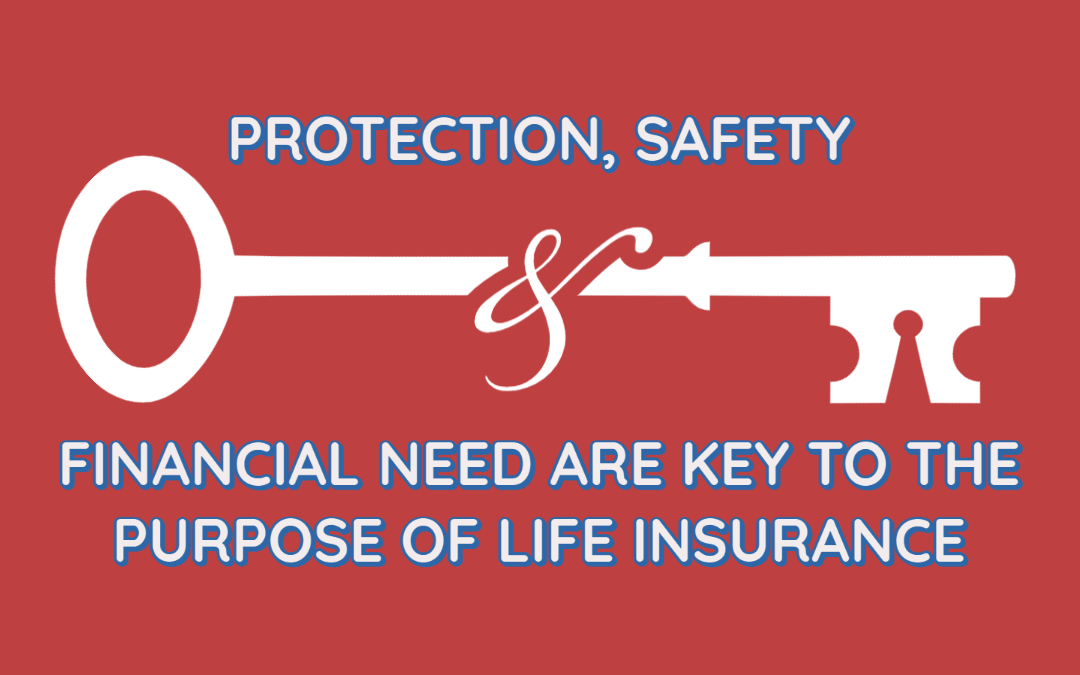The Basic Principles Of Pacific Prime
Table of ContentsPacific Prime Can Be Fun For AnyoneRumored Buzz on Pacific PrimeNot known Facts About Pacific Prime3 Simple Techniques For Pacific PrimeThe Definitive Guide for Pacific Prime

This is due to the fact that the data were accumulated for a duration of strong economic performance. Of the estimated 42 million individuals who were uninsured, just about concerning 420,000 (about 1 percent) were under 65 years old, the age at which most Americans come to be qualified for Medicare; 32 million were adults between ages 18 and 65, around 19 percent of all grownups in this age group; and 10 million were children under 18 years of age, regarding 13.9 percent of all youngsters (Mills, 2000).
These estimates of the number of persons uninsured are created from the yearly March Supplement to the Existing Populace Study (CPS), conducted by the Census Bureau. Unless otherwise noted, national quotes of people without health and wellness insurance and proportions of the population with different type of protection are based on the CPS, one of the most extensively made use of resource of quotes of insurance policy coverage and uninsurance prices.
Rumored Buzz on Pacific Prime

Still, the CPS is especially valuable since it creates annual estimates reasonably promptly, reporting the previous year's insurance policy coverage approximates each September, and due to the fact that it is the basis for a constant set of price quotes for greater than twenty years, allowing for evaluation of patterns in coverage with time. For these factors, in addition to the comprehensive usage of the CPS in other research studies of insurance policy coverage that exist in this record, we depend on CPS estimates, with restrictions noted.

The quote of the number of without insurance people broadens when a population's insurance policy standing is tracked for a number of years. Over a three-year period beginning early in 1993, 72 million people, 29 percent of the U.S. http://dugoutmugs01.unblog.fr/2024/04/02/pacific-prime-your-partner-for-comprehensive-insurance-solutions/. populace, were without insurance coverage for at least one month. Within a solitary year (1994 ), 53 million individuals experienced a minimum of a month without coverage (Bennefield, 1998a)
6 out of every ten uninsured adults are themselves used. Although functioning does boost the probability that one and one's member of the family will certainly have insurance policy, it is not an assurance. Even participants of families with two permanent wage earners have virtually a one-in-ten possibility of being without insurance (9.1 percent uninsured price) (Hoffman and Pohl, 2000).
All about Pacific Prime
New immigrants account for a significant percentage of individuals without health insurance policy. One analysis has associated a substantial section of the current development in the dimension of the united state without insurance population to immigrants who got here in the nation in between 1994 and 1998 (Camarota and Edwards, 2000). Current immigrants (those that came to the United States within the past four years) do have a high rate of being uninsured (46 percent), but they and their kids represent simply 6 percent of those without insurance policy across the country (Holahan et al., 2001).
The relationship between medical insurance and access to care is well established, as documented later in this chapter. Although the relationship between medical insurance and health outcomes is neither direct neither simple, a comprehensive scientific and health and wellness services research literature web links medical insurance protection to enhanced access to care, better quality, and boosted individual and population health status.
Degrees of evaluation for taking a look at the results of uninsurance. This conversation of health insurance policy coverage concentrates primarily on the united state population under age 65 due to the fact that essentially all Americans 65 and older have Medicare or other public coverage. Additionally, it focuses specifically on those without any type of health and wellness insurance coverage for any kind of length of time.
Pacific Prime Can Be Fun For Anyone
The issues faced by the underinsured are in some areas similar to those faced by the uninsured, although they are usually less severe. Health and wellness insurance coverage, however, is neither necessary neither sufficient to obtain access to clinical solutions. The independent and direct result of health and wellness insurance policy protection on access to wellness services is well developed.
Others will get the healthcare they require even without health and wellness insurance, by spending for it out of pocket or seeking it from companies that provide treatment totally free or at very subsidized rates. For still others, medical insurance alone does not make certain receipt of treatment as a result of various other nonfinancial barriers, such as a lack of wellness her latest blog treatment companies in their area, restricted accessibility to transportation, illiteracy, or linguistic and social distinctions.
Some Known Details About Pacific Prime
Formal study concerning uninsured populations in the United States dates to the late 1920s and early 1930s when the Committee on the Expense of Medical Treatment generated a collection of records concerning financing doctor workplace visits and hospitalizations. This issue became salient as the numbers of medically indigent climbed during the Great Clinical depression.